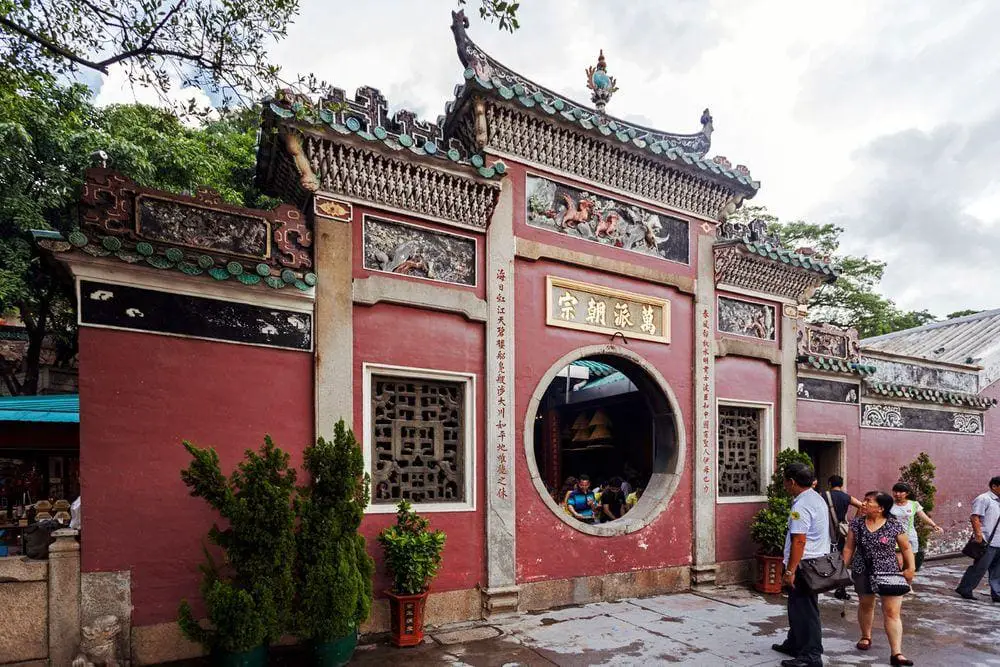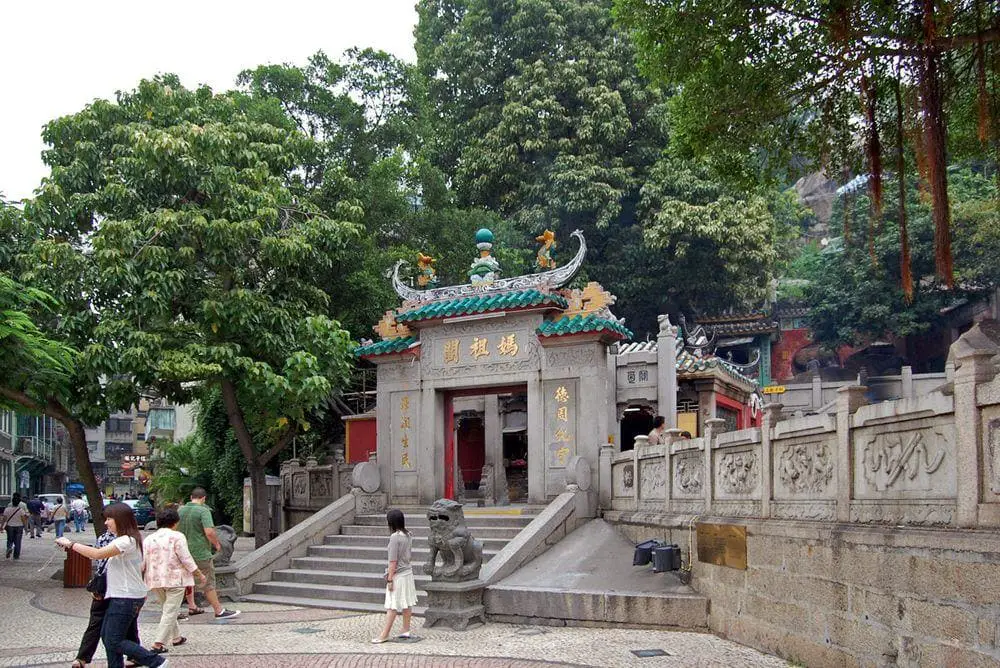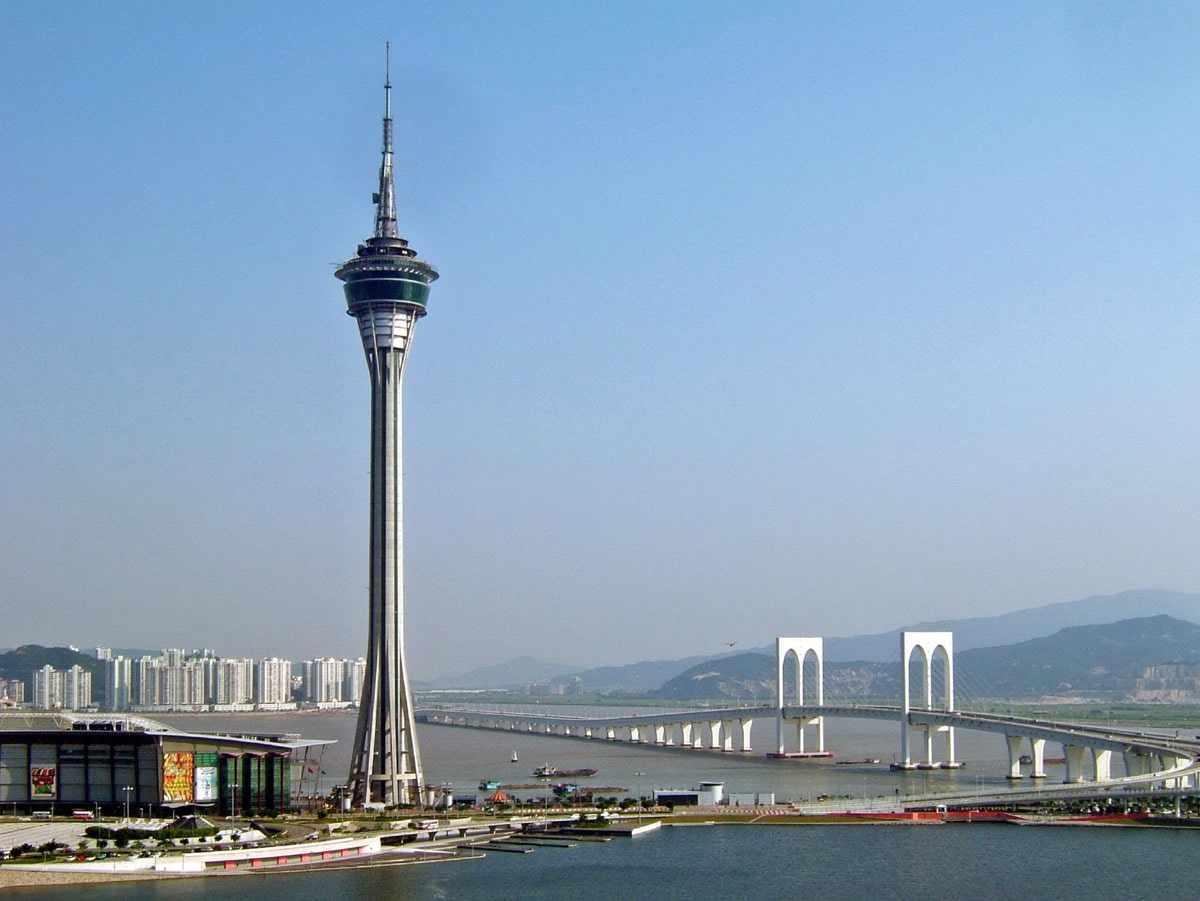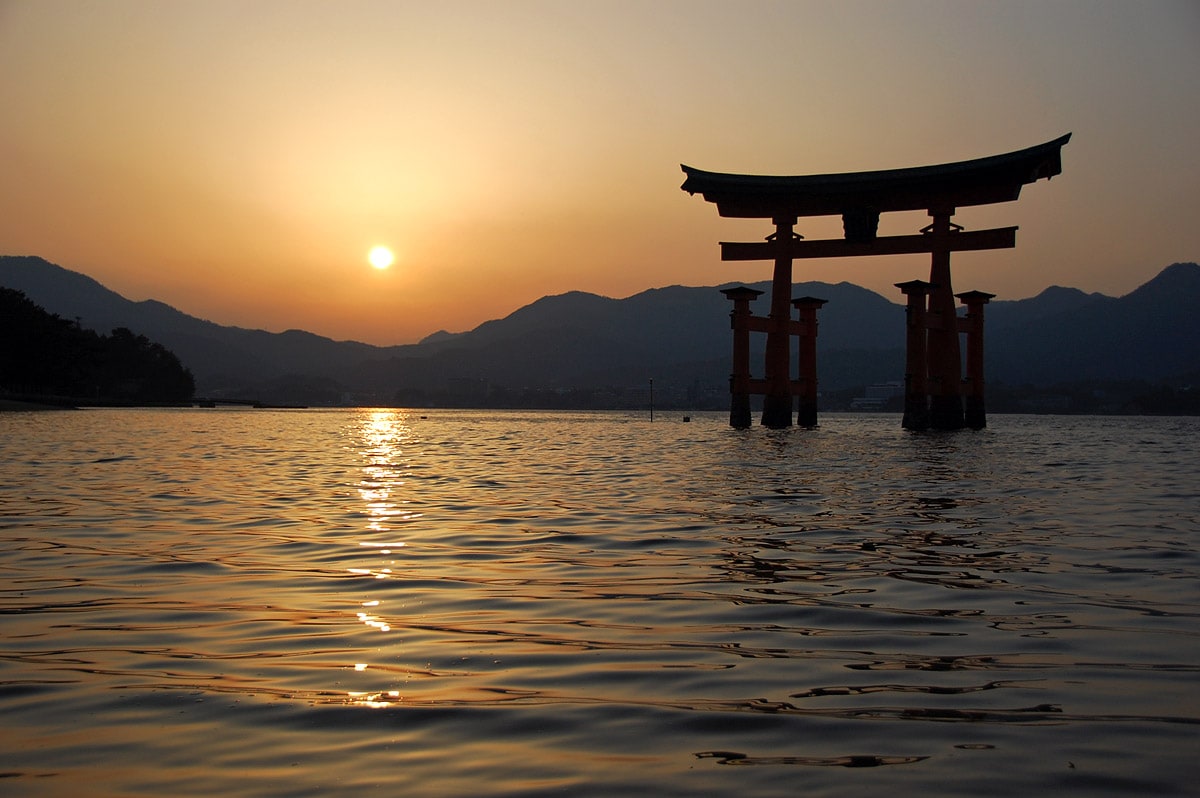Buddhist shrines 🢔 Religious architecture 🢔 Architectural wonders 🢔 Categories of wonders
Wonder
A-Ma Temple

 In short
In short
A-Ma Temple might be the oldestA building in Macau – built before the city developed. One should come here early in the morning – this is wonderful, peaceful retreat from the congested, hectic city of Macau.
 39.8%
39.8%
GPS coordinates
Name in Chinese
Age
Religion
UNESCO World Heritage status
Map of the site
If you see this after your page is loaded completely, leafletJS files are missing.
 In detail
In detail
History
As the fishing and trade along the coast of Southern China developed, numerous fishermen villages sprung up. One of them was built in the sheltered bay of Macau peninsula.
Soon it became more and more important as a trade center.
In 1488 (Ming dynasty) or even earlier here was built the temple to sea goddess A-Ma.
In the middle of the 16th century here appeared Portuguese traders. When they asked the name of this place, locals responded – "A-Ma-Gau" (Bay of A-Ma). Thus, most likely, originated the name of Macau.
During the long centuries temple was rebuilt and extended. Current planning was shaped in 1828. Temple has been depicted in numerous historical drawings and paintings.
Currently this is one of the most popular tourist sites in Macau, it is a key site for the Chinese Spring Festival.

Sea goddess
This temple united several local religions, including Taoism and Buddhism. It is dedicated to A-Ma (also Tin Hau, Matsu or Mazu) – goddess of seafarers and fishermen. This goddess is popular in South China. According to legends, she was a real person – a girl from Putian City (Fujian Province). She could predict future and according to legends, after her death she still helps the fisherman and traders.
Description
Temple consists of the five main parts:
- Gate Pavilion
- The Memorial Arch
- The Prayer Hall – built from granite in 1605 and devoted to A-Ma
- The Hall of Benevolence – the oldest part of the temple, built in 1488
- The Hall of Guanyin
- Zhengjiao Chanlin – Buddhist Pavilion
 Linked articles
Linked articles

Wonders of Macau
Macau is the densest populated self-governed area in the world. This small territory is rich in architectural heritage. The most interesting landmarks here are historical buildings that blend Portuguese and Chinese traditions in art and architecture, but this rich city-state has interesting modern architecture as well.

Other contemporary shrines
Besides Christianism, Islam, Buddhism, Hinduism, Jainism, and Judaism there are many more existing religions in the world. Many of these religions have very interesting shrines and temples, which are no less impressive and sophisticated than the temples of large religions.

Buddhist shrines
Buddhism is one of the world religions and at the same time is a spiritual philosophy with diverse traditions, beliefs, and practices. There exists a rich tradition of architecture expressed in Buddhist temples and monasteries.
 Recommended books
Recommended books
Explore Macau: A Walking Guide and History
The 450-year-old city of Macau – the former Portuguese colony that returned to China in 1999 – is made for walking. Only seven miles square, one can easily walk from the Border Gate to the A-Ma Temple in a day. This guide describes nine walks around peninsular Macau and its outlying islands, sufficient to explore and understand this fascinating city and its unique blend of European and Asian architecture, cuisine, and culture.

